SOLUTIONING IMPLICATIONS OF HEGEMONY
Learnnovators
JANUARY 18, 2023
But all this is possible only when we consider the personal and political biases we work with, because those affect and shape our designs. They also fail to recognize that there may be cognitive differences among young people of different ages, and variations within age groups. We know, ‘sexism (or racism) bad, inclusivity good’. (Or


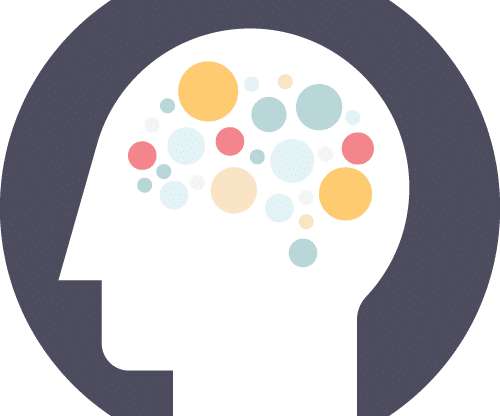




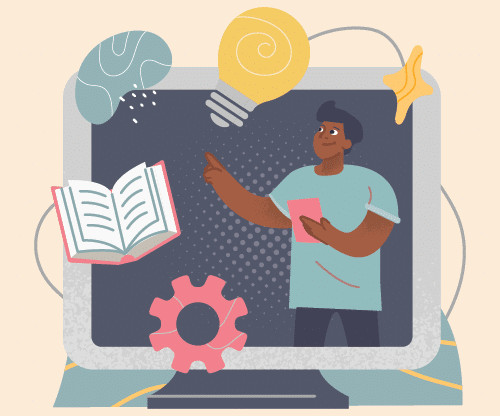
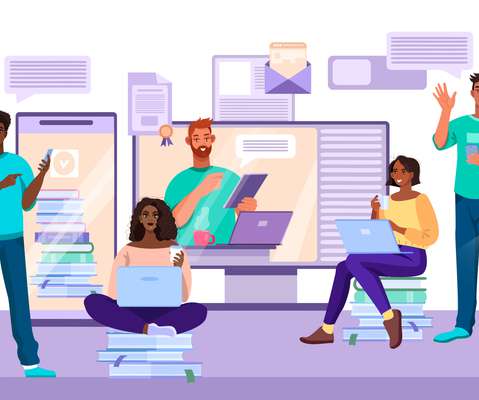

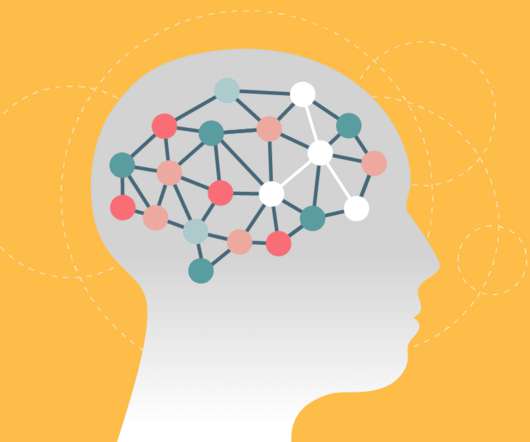
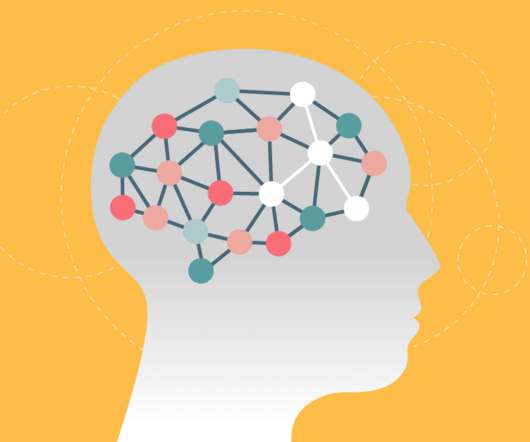














Let's personalize your content